Understanding Edibles: A look at the different ways cannabis-infused products are made

- 1. The carrier
- 2. The cannabis
- 3. The consumer
When it comes to ingesting cannabis it is important to recognize that not all edibles are created equal. Not only are edibles processed by our bodies differently than smoking weed, but the ways they are infused also plays a role in their effects.
Edibles can be powerful medicine. They have the ability to soothe our minds while releasing tension and pain in our physical bodies. I use them as a way to knock myself out of mental funks and back into more hopeful and healthy mindsets. For me, edibles are strong resets—reminders to spend less time scrolling Instagram and more time connecting IRL. I eat 10 milligrams and go on long silent walks. I chew a gummy before yoga practice to stretch deeper—and get progressively higher—before the restorative stillness of corpse pose.
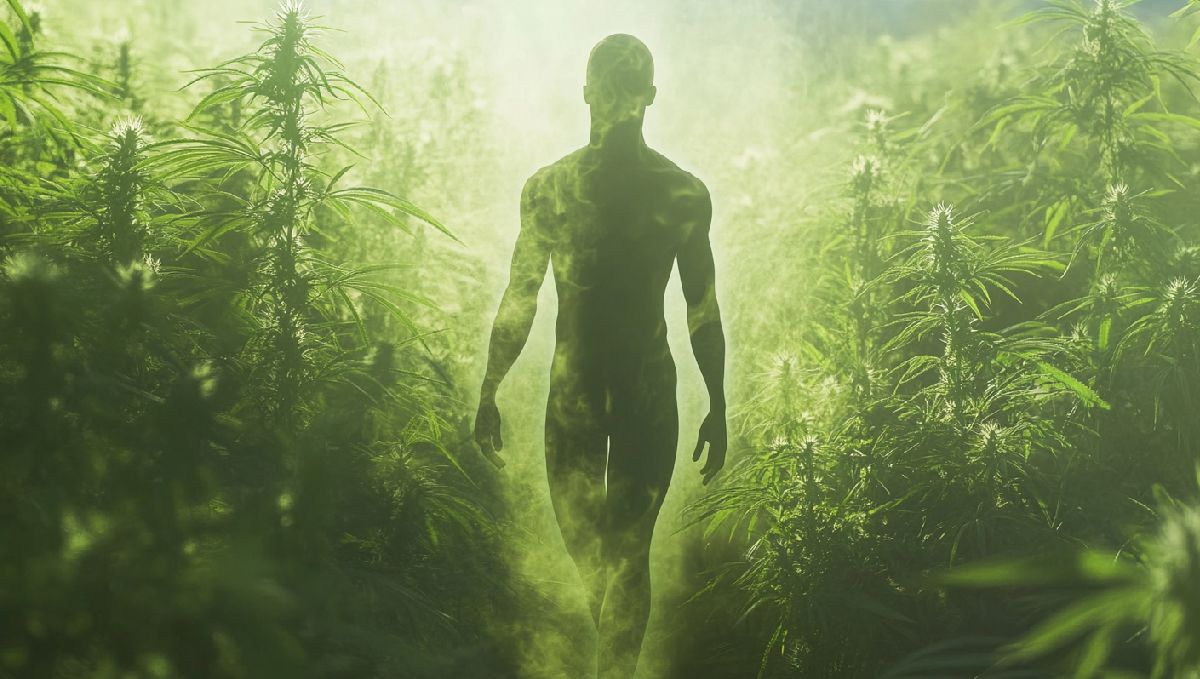
Like smoking cannabis flowers, edibles help me to look inward and get closer to answering life’s big questions like, “What the fuck is the purpose of what we’re all doing here?” But figuring out what cannabis-infused dose of THC works best has been a long process of trial and error. And I’m far from alone. Almost everyone you know who has tried edibles has a story about the time they took things too far and got way too high. Stoners know that there are also unicorns among us, the people who can eat or drink as much weed as they want and not feel it at all. What is happening?
Unraveling the complexity of edibles is just about as complicated as reading back-end code. But there are ways to parse through the data points and glide to that crucial front end enlightenment, and that begins with examining how edibles are created.
The Carrier
Hydrophobic. Lipophilic. This is scientific vocabulary, but the first word means things that don’t mix with water and the second can be explained as things that have an affinity for fat, or lipids. Cannabis is both of those things. The majority of the medicinal properties in our favorite flower are found within its resinous and sticky glands, the trichomes.
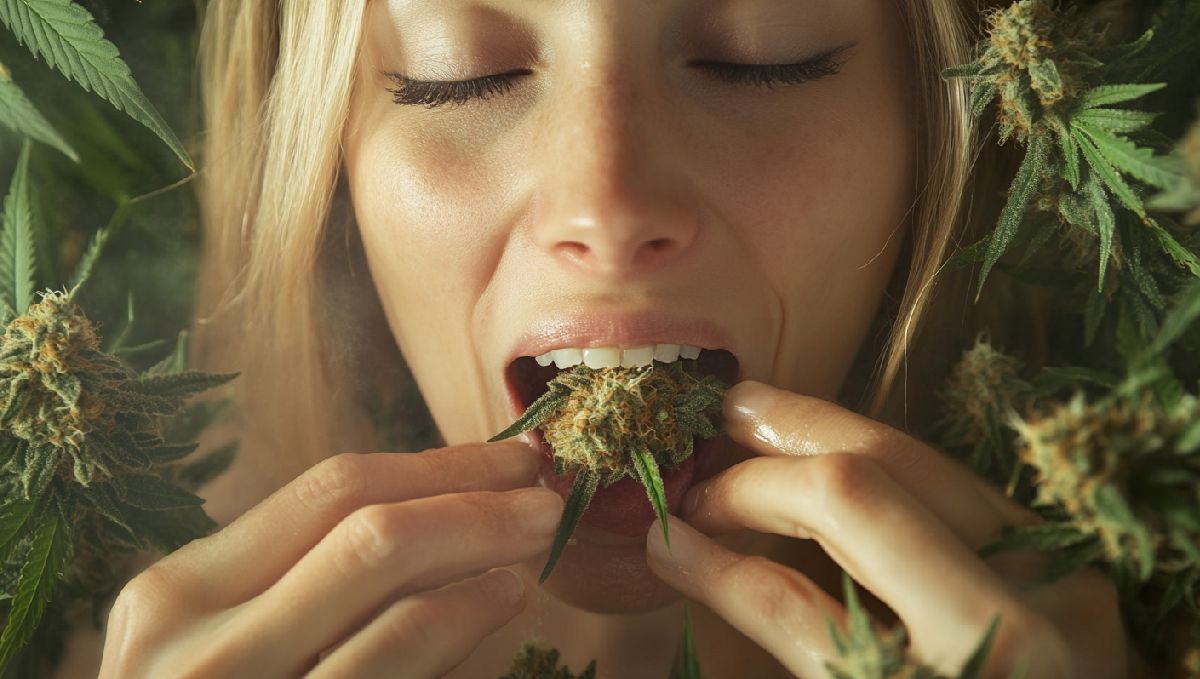
“All of the goodness and the psychedelic effects reside in those resin glands,” cannabis expert Elise McDonough explains. “And because they’re oil, it’s just like making a salad dressing, oil and water don’t mix.”
Raw cannabis doesn’t have the same effects as when it has been heated or decarboxylated. So, to create edibles, cannabis flowers or leaves are heated and then combined with a carrier such as butter, alcohol, glycerin, or gelatin. Traditional cannabis-infused recipes evolved from experimentation and ancient recipes, like bhang, combine cannabinoids with a fat.
“When you do that it just makes it easier for your body to digest and absorb the cannabinoids and you'll feel the effects with more intensity,” McDonough says.
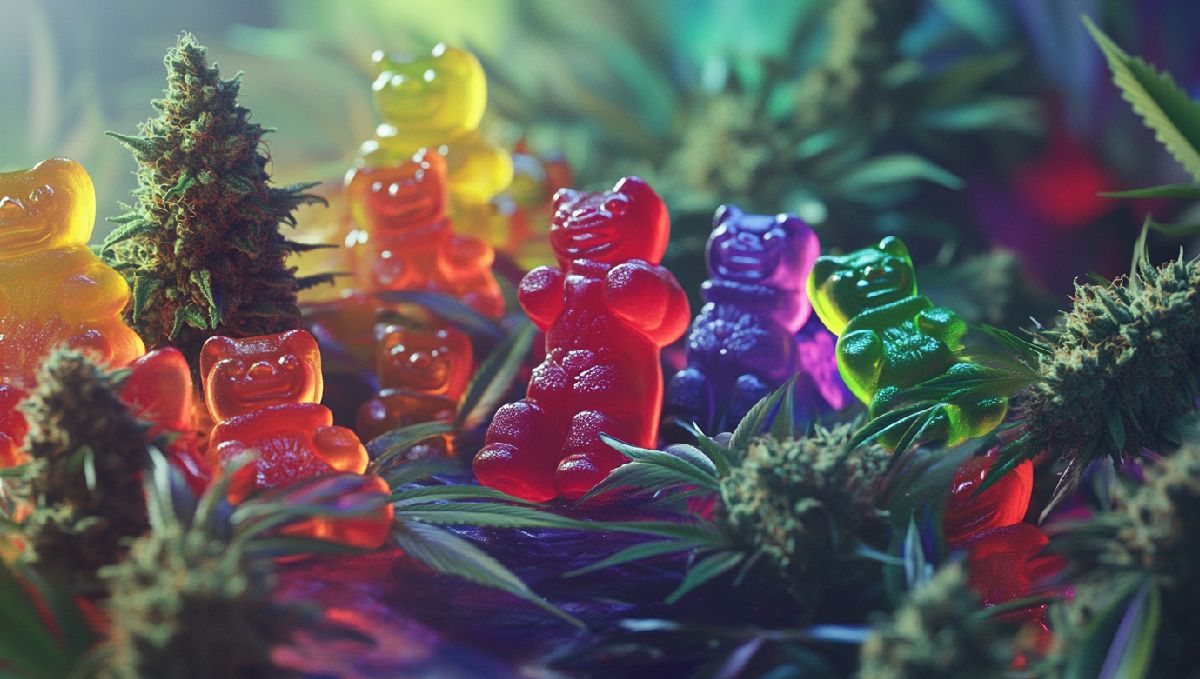
There are many different cannabis edibles, but one reigns supreme, gummies. To create gummies gelatin can be used as a carrier to help make the effects of cannabinoids more pronounced, but many gummy brands combine only cannabis and sugar.
“Sugar can make you feel higher a bit faster but for me, at least personally, gummies tend to not keep me as high for a long duration, they tend to be shorter lasting versus when I eat something like a cookie or brownie,” McDonough says. “I feel like those effects are longer lasting and they tend to be more intense, at least at a body-high level. So I definitely think there’s something to it as far as the other ingredients that you’re combining [cannabis] with.”
The Cannabis
Going beyond the ingredients used to activate the cannabinoids within edibles a further consideration of how hard a gummy, mint or brownie might hit involves an exploration of the type of cannabis used to create the infused product. Edibles can be crafted with the plant material—leaves and flowers—but they are also often created with cannabis concentrates such as distillate, rosin, or ice water hash. Because working with cannabis flowers in edibles can result in that weedy herbaceous taste that most people do not find appealing, edibles made with cannabis concentrates have assumed a dominant role in the consumer marketplace.

McDonough likens creating infused dishes with hash to cooking with a spice.
“It’s much easier to cook with and to measure when you’re working with a product like hash which is homogenous,” she says. “You’re not worried about having to separate out the plant matter like when you’re making an infusion with flower."
“There’s a lot of advantages to cooking with hash and, I personally, think that when you treat it like a spice it adds a lot to certain recipes whereas when you’re cooking with flower most of the time you’re trying to cover up that flavor, right?
But when you’re cooking with hash it really adds its own unique flavor that I find works well with chocolate and caramel and other kinds of earthy, spicy flavors.”
Due, in part, to many people’s aversion to the taste of cannabis many edible products are often made with distillate. Distillate is a purified cannabis concentrate that strips the cannabis of additional chemical elements and distills it down to only contain a select cannabinoid such as THC or CBD. Within my own edible experimentation I’ve found that when a gummy is made with hash versus distillate, it doesn’t matter if both have the same milligrams of THC, the hash edibles come on stronger.

According to cannabinoid scientists including Raphael Mechoulam, the departed Israeli chemist who was among the group of researchers who first defined a phenomenon called the entourage effect, this is because the compounds in cannabis work better in synergy with each other than when they stand alone. In edibles marketing you’ll see the term “full spectrum,” which means they contain the full array of the plant’s properties rather than a single isolated element.
Wendy Baker, the proprietor behind one of my favorite edibles, Space Gem, creates her gummy products with a fat—coconut oil—and ice water hash. “I like the fact that the trichome is kept whole,” Baker says of choosing to create Space Gems with ice water hash versus distillate.
The Consumer
The complexity present in understanding the ways cannabis works happens on a cellular level. The plant interacts with receptors in our bodies as part of the endocannabinoid system. Cannabinoid receptors are found in almost every organ in our bodies. These receptors bind with chemicals that are produced internally, endocannabinoids, as well as chemicals from the cannabis plant, cannabinoids, to keep our systems—such as our nervous or digestive systems—in balance.
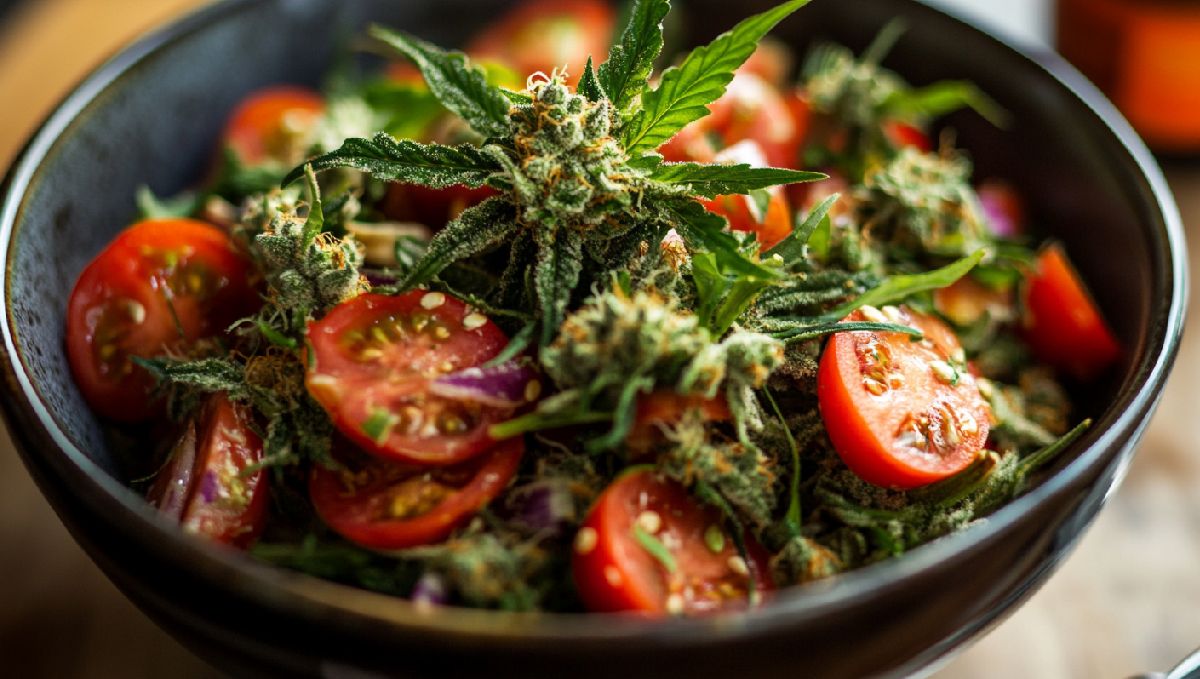
When we smoke weed, cannabinoids enter our lungs and then our bloodstream and brain. When we eat or drink pot, cannabinoids enter our stomachs, then our livers, and finally our bloodstream and brain. Our liver converts the THC into a stronger form—11 hydroxy THC versus delta 9 THC—adding to the intensity and duration of the high.
Another piece of the puzzle in terms of understanding how edibles work has to do with our individual physiques and diet. For example, those who are on high-fat diets like keto or paleo, may feel the effects of cannabis more strongly. Research shows that these types of diets can be helpful for people with issues such as IBS, or irritable bowel syndrome, because of the ways these types of diets affect endocannabinoid receptors within our gut. Whatever you’ve eaten before enjoying a cannabis-infused beverage or snack also plays a role in how powerful an edible will be felt. Cannabis infusions that are ingested come on stronger on an empty stomach versus after a full meal.
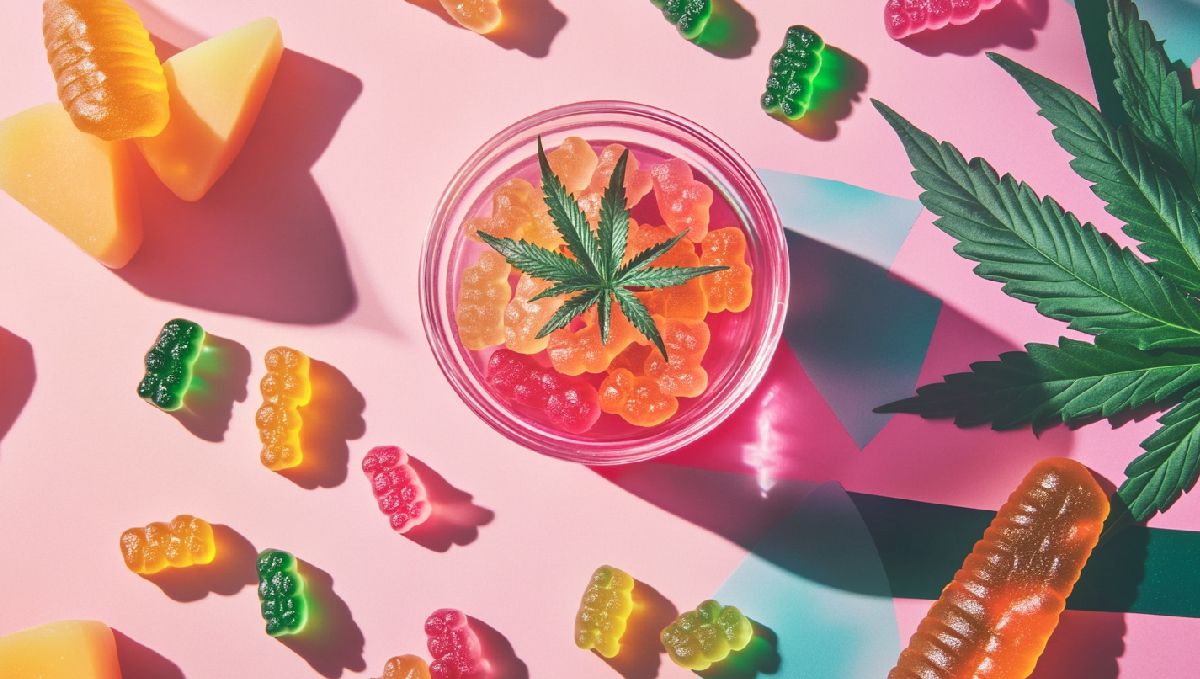
“If you want the effects to be more intense, like if you want [an edible] to be as psychedelic as it can possibly be, eat it on an empty stomach,” McDonough says.
Finally, there are some among us who can’t get high off of edibles no matter how many milligrams they ingest. One theory as to why this might be, looks at our individual metabolisms and speculates that these types of people have higher levels of a digestive enzyme, CYP2C9. “CYP2C9 is expressed in human liver microsomes and in the gastrointestinal tract, contributing to the metabolism of approximately 15% of all drugs handled by P450s [a large group of enzymes that play a key role in the metabolism of drugs],” an article in ScienceDirect explains.

A study on synthetic THC known as Dronabinol or, more commonly known as its brand name Marinol, shows that people who have low CYP2C9 activity are more likely to feel the exposure to THC through oral applications. Those who have more of the enzyme break down THC faster, which means that they don’t feel the effects of cannabis when it’s ingested. Cannabis journalist Brit Smith says she’s one of those people who can’t get high from edibles regardless of their dose.
“I can power down a 100 millgram drink and people will pay me to see it like it’s a circus act,” Smith said on the Puff Puff Press podcast.
This explains why understanding edibles can feel similar to disentangling a box of electrical chords. All of these individual factors show that edibles and how they work are involved with complex scientific processes. However, for those who are committed to trying different approaches, the rewards of edibles and how they can enhance and improve life are vast.














Comments